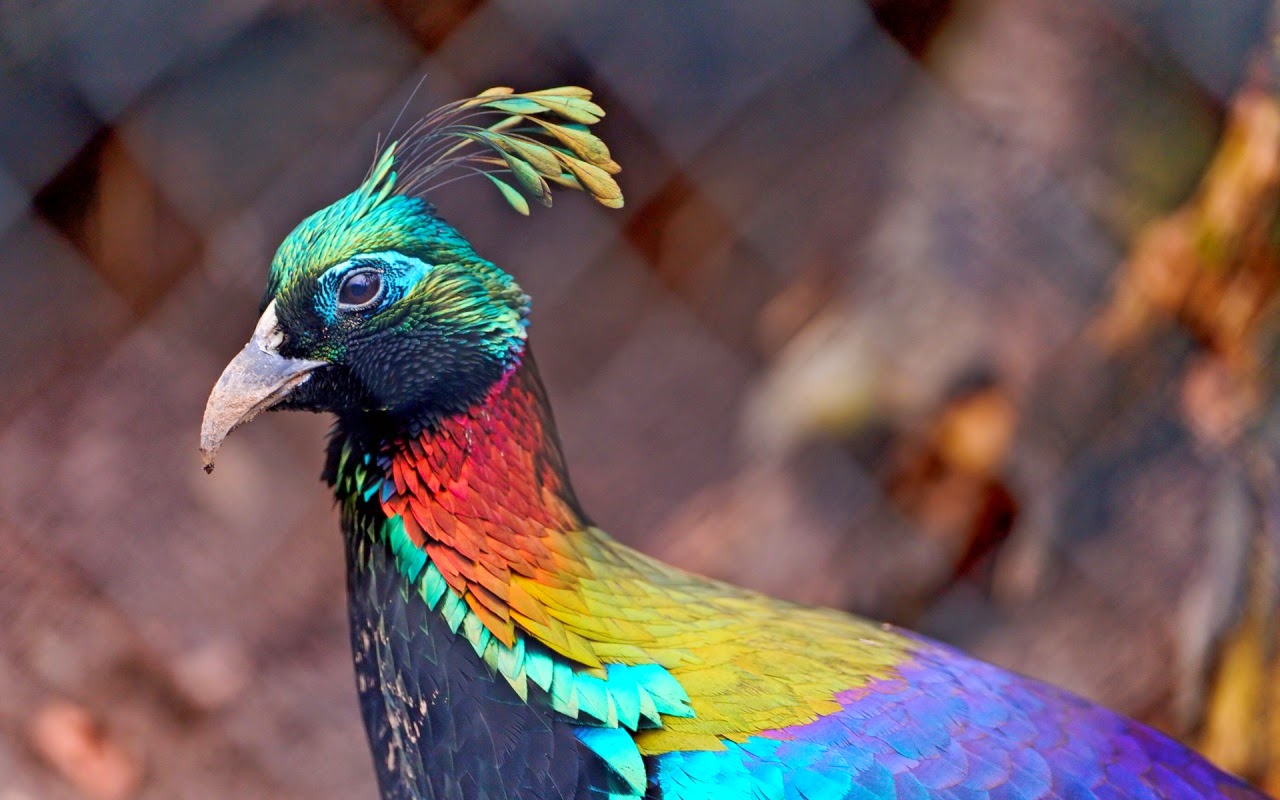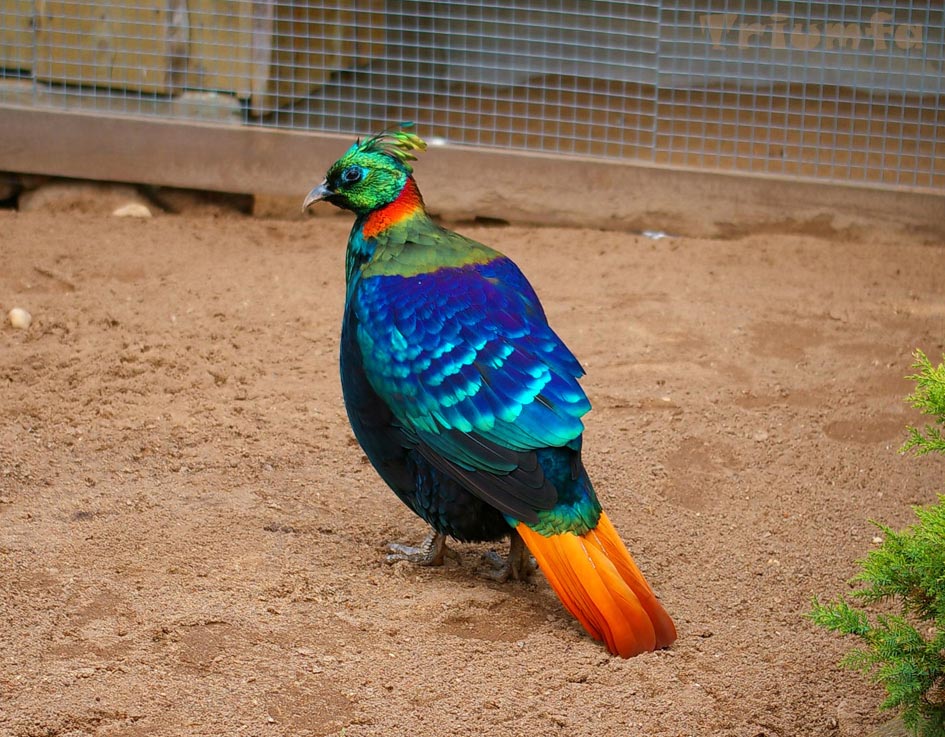

The changing patterns in climate and land cover, mainly decreases in vegetation, as well as illegal hunting, are already noted as the main threats to habitat protection in Mountain regions ( Bhattacharya et al., 2009 Jnawali et al., 2011 Liu et al., 2017). For example, black woodpecker and boreal, tawny and Ural owls are all likely to change their geographic distributions due to changes in climate and forest cover ( Brambilla et al., 2020). Climate change will impact other important birds and their potential habitat distributions in future. Since historical periods, land cover dynamics have been known as a fundamental component of environmental change ( Ganasri et al., 2013 Li et al., 2016), and they also play crucial roles in climate change ( Pielke et al., 2002). Likewise, a previous study has estimated that land cover dynamics are likely to affect around 400 species of land birds, out of the total of 8750 species, by the year 2050 in the tropical regions of the world ( Jetz et al., 2007). One study has projected a reduction between 91% and 100% in the geographic distributions of endemic Andean bird species that currently extend from central Bolivia to southern Peru ( del Rosario Avalos and Hernández, 2015). The changes in climate have exacerbated habitat loss and fragmentation in different ecological regions globally and these changes have already impacted 54% of important terrestrial species during the 21st century ( Segan et al., 2016).

A previous study has predicted that many Mountain species might be threatened with large ecological range reductions in the future, due to natural and anthropogenic factors ( del Rosario Avalos and Hernández, 2015). Thus, this region is likely to experience impacts on many native habitats in the future which will need conservation efforts in due time ( Sodhi et al., 2004 Sodhi et al., 2010).

In addition to climate change, declining forest cover is also a fundamental cause of habitat losses and one study has projected that around 42% of forest is likely to be impacted in the Asian tropical region by 2100 ( Sodhi et al., 2004).

The increasing temperature has resulted in the shifting of vegetation to higher elevations which poses threats to high altitude endemic species that are likely to be reduced by around 77% by 2100 in the Austrian Alps ( Dirnböck et al., 2011) and the Himalayan region ( Forrest et al., 2012 Chhetri et al., 2018). In addition to climate change, land cover changes also affect many protected species globally ( Thuiller, 2003 Jetz et al., 2007 Hofmeister et al., 2010 Grimmett et al., 2016). A study has revealed that species habitats are gradually migrating northward due to in the rising temperatures in Nepal ( Karki et al., 2009). This global increase in temperature will obviously have impacts on many wild species of the Nepal Himalayas. The International Panel on Climate Change (IPCC) has reported that the global temperature is likely to increase by about 1.5☌ between 20 ( IPCC, 2018). These expected changes indicate increasing risk for Himalayan Monal due to a decline in its suitable habitat area. The results of this study show that the highly suitable habitat of Himalayan Monal presently occupies around 749 km 2 within the northern, eastern and western parts, particularly protected areas such as Langtang National Park, Manaslu Conservation Area and Annapurna Conservation Area, while it is likely to decrease to 561 km 2 by 2050, primarily in the northern and northwestern parts (i.e., Chhyo, Tatopani, Humde and Chame). This study further assessed the present and future habitat and distribution of the Himalayan Monal in the context of climate and land cover changes. Based on the maximum entropy (Ma圎nt) model, coupled with bioclimatic layers, land cover and DEM data, the impacts of environmental factors on habitat suitability of Himalayan Monal (Lophophorus impejanus), a national bird of Nepal, was quantified. However, due to changes in climate and land cover, the habitats of many protected species are at risk. Gandaki River Basin (GRB) is part of the central Himalayan region, which provides habitat for numerous wild species.


 0 kommentar(er)
0 kommentar(er)
